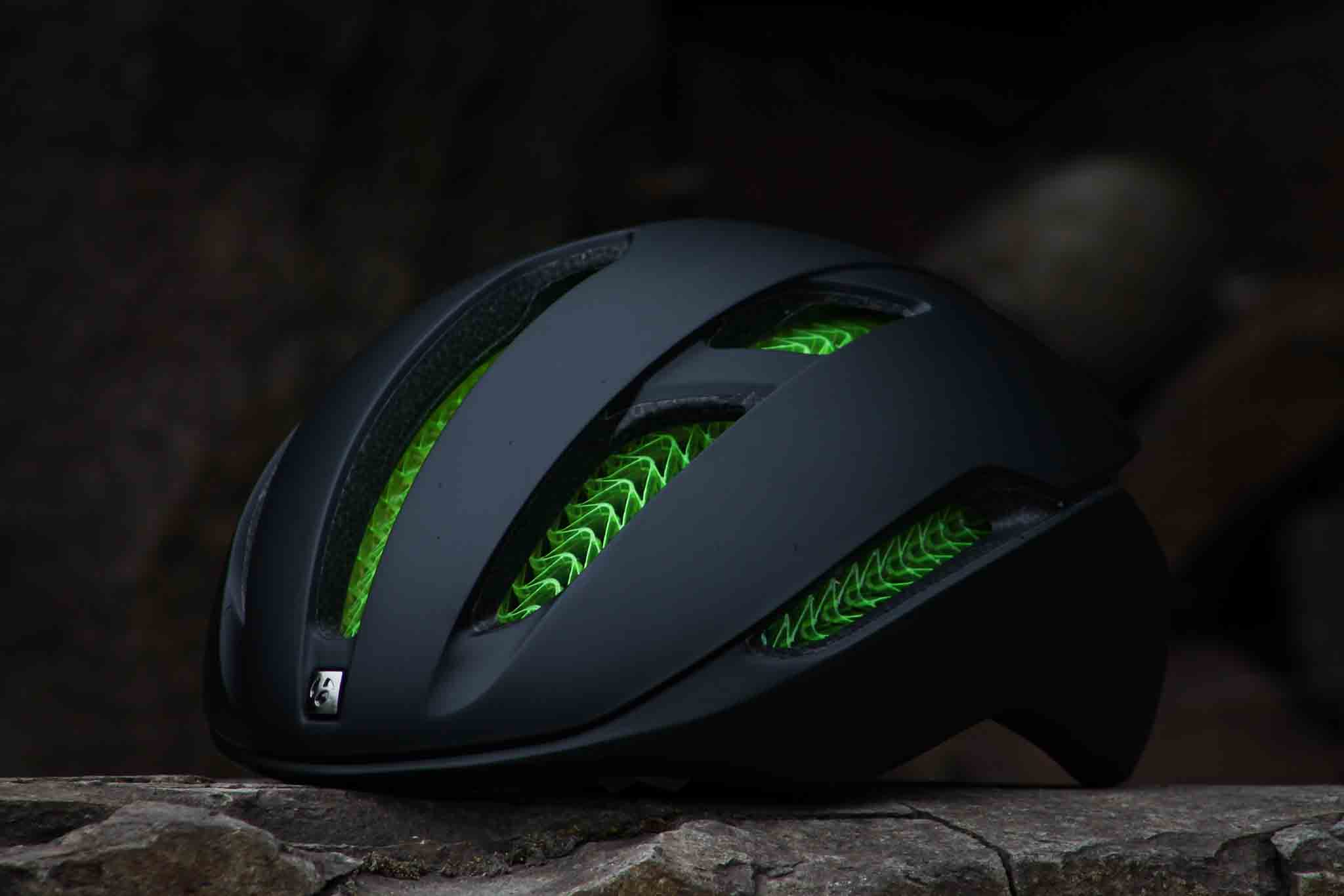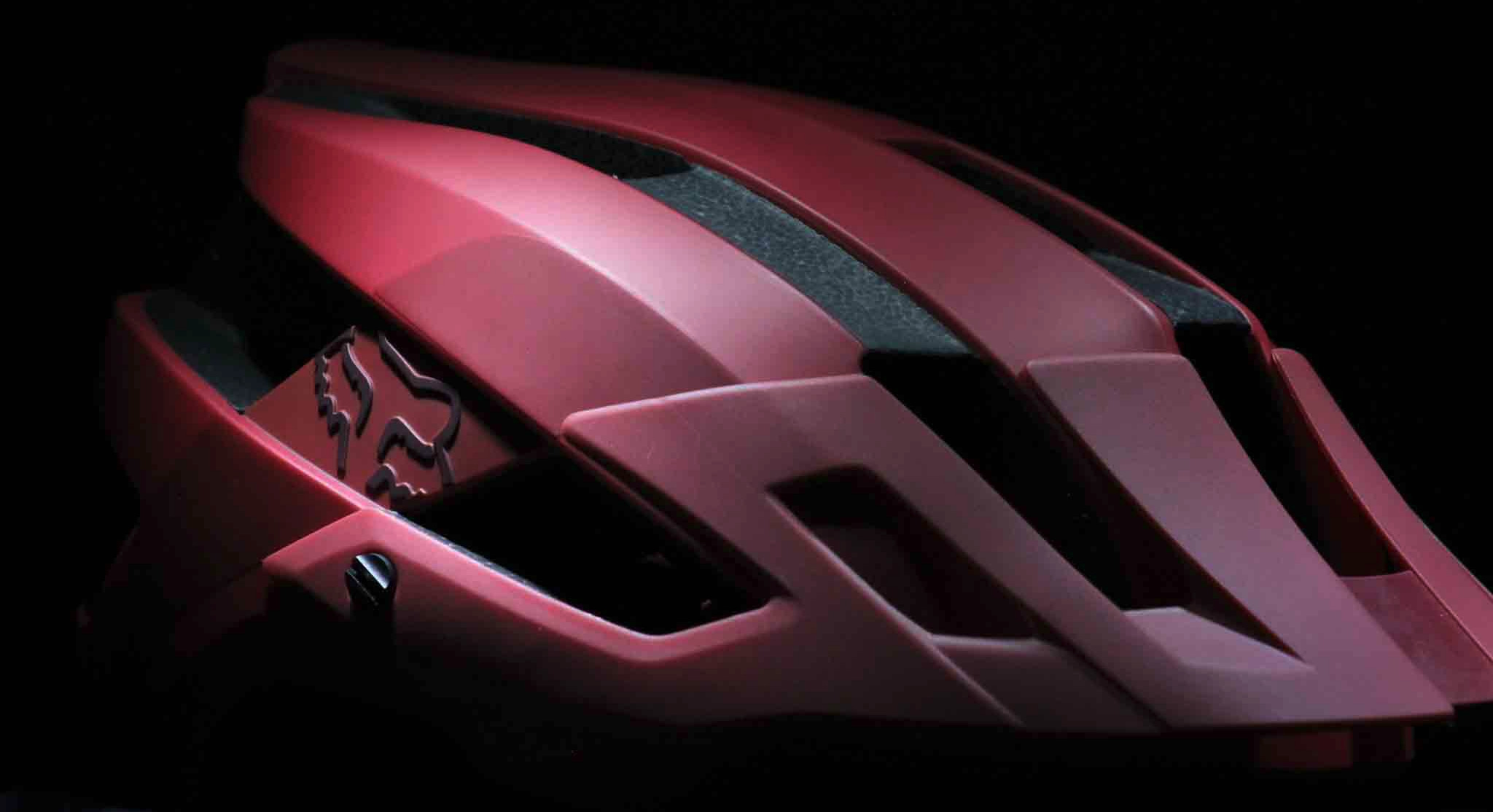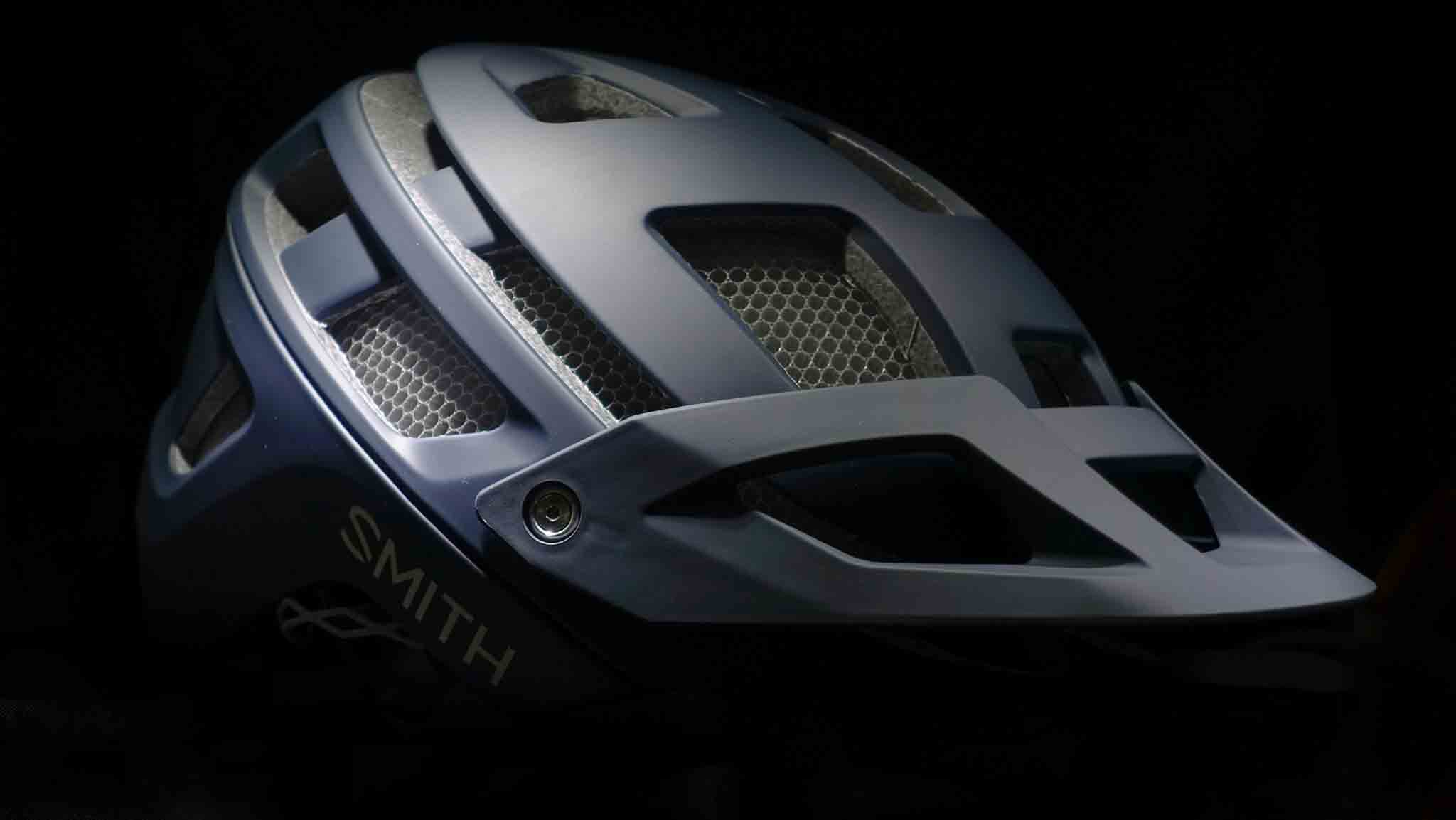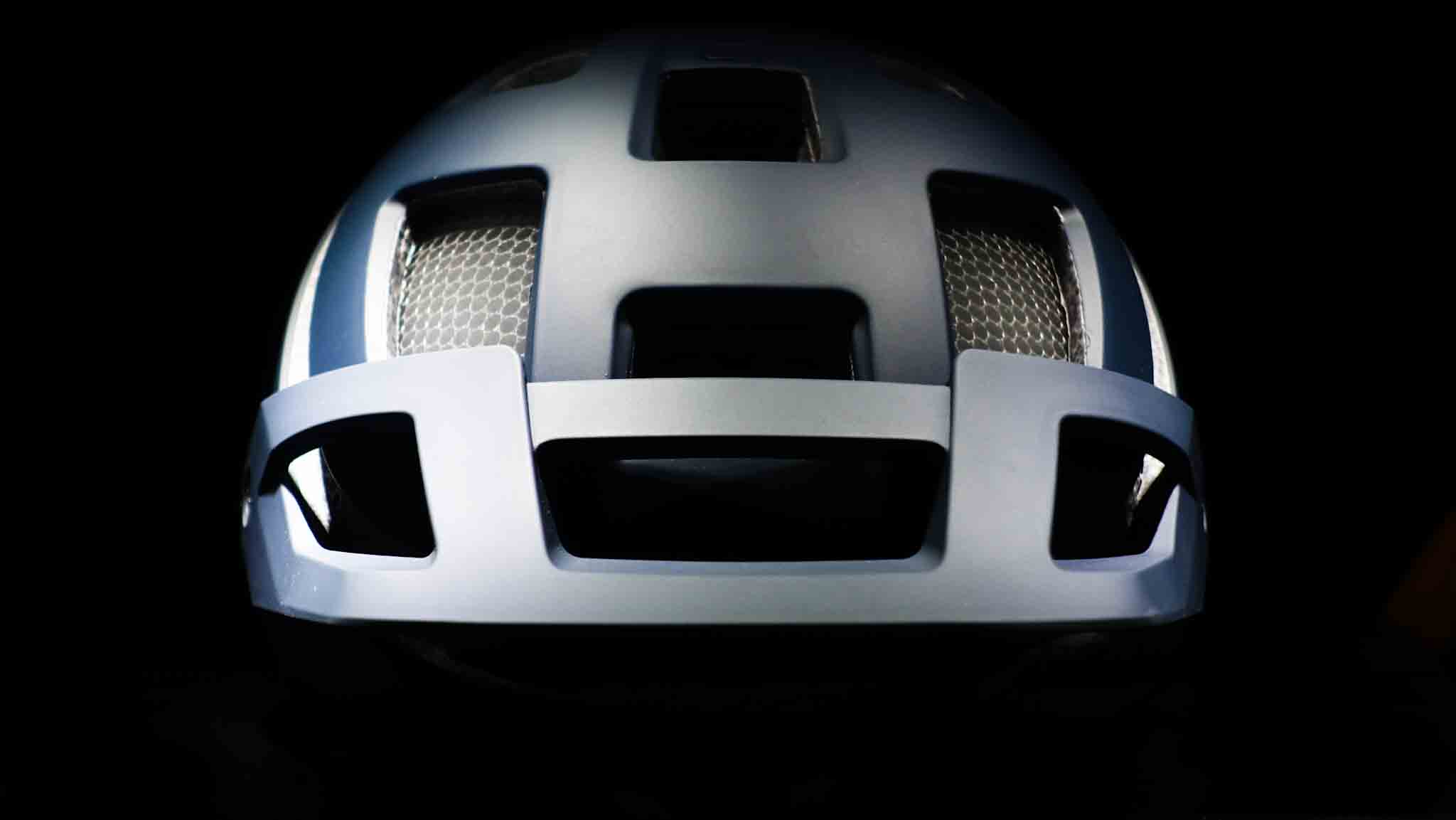All Helmets Are Not Created Equal
When it comes to helmets, the wisdom of America's forefathers does not apply. People often assume, incorrectly, that all helmets conform to the same safety standards. While they must meet certain minimums, the difference between the minimum and the optimum is not trivial when your brain lies in the balance. This post explores some of the various technologies available on the market today, and their benefits to cyclists.

Bontrager claims their WaveCel Technology is 48x more effective at preventing concussions than a standard foam helmet.
SMITH Optics' Koroyd honeycomb texture dissipates significantly more kinetic energy than a foam helmet, minimizing impacts to your brain.
THE MINIMUM STANDARD
Helmets sold in the US must be CPSC-certified. This minimum standard represents protection against catastrophic injuries in severe impact scenarios only. The standard mandates that a helmet cannot transfer more than 300 G's to the brain upon impact. Such impacts are rare, and not wholly applicable to cycling. While this standard may effectively reduce your risk of sustaining a skull fracture should Wile E. Coyote drop an anvil on you the next time you're in Moab, it is not rigorous enough to effectively reduce your risk of a concussion when you're mobbing down Captain Ahab. Many helmets offer far greater levels of impact protection than this CPSC minimum, and many do so under more realistic and relevant impact scenarios.

FOX uses MIPS liners in their helmets to protect against rotational impact forces.
VIRGINIA TECH RATINGS
The iron chef of modern helmet research is Virginia Tech. For the last ten years, their goal has been to conduct unbiased tests to produce a rating system to help consumers make informed decisions about their purchasing options. Prior to these ratings, consumers had no way of fairly evaluating the protection afforded them by their helmet. Their ratings are based on the likelihood of a concussion occuring from a variety of impacts, so the lower the overall score, the more protective the helmet. When you're shopping for a new helmet, it's worth visiting their website to check that particular helmet's safety rating according to Virginia Tech.
There are several different safety technologies out there on the helmet market today. We'll give a brief overview of some of them.
MIPS
The MIPS Brain Protection System stands for Multi-directional Impact Protection System. When we fall off our bikes, we tend to strike the ground at an angle, which introduces rotational motion to our brains. MIPS technology acts to separate our heads from the outer shell of the helmet in rotational impacts. The helmet shell is thereby allowed to rotate over our skulls, reducing energy transfer to the brain and reducing our risk of brain damage. A MIPS liner can be used with standard foam helmets or doubled up with other companies' proprietary technologies for even more protection. Bell, Giro, Fox, Smith, Troy Lee, and other brands make use of this technology.
KOROYD (SMITH EXCLUSIVE)
For every action, there is an equal and opposite reaction. In bike crash speak, this is bad news for your brain. Traditional foam helmets rebound some of the energy that they absorb, resulting in greater energy transfer to the brain. SMITH uses Koroyd technology in their helmets to address this problem. Koroyd is a honey comb-like structure of tubes welded together, that crumple evenly to disperse energy more evenly than traditional helmets. The material can compress significantly more than standard foam, which allows it to absorb more kinetic energy, and the absence of glues or adhesives means there are no weak points throughout the construction. The result is reduced impact to your brain in a fall. This technology also breathes extremely well for the protection it affords, so you don't have to choose between safety and comfort on hot days. And, as our head mechanic points out, it also keeps bees out of your helmet. Again, SMITH has really thought of everything here.
WAVECEL (BONTRAGER EXCLUSIVE)
WaveCel technology was developed over several years in Portland, OR, with a simple premise in mind: you only get one brain. Broken bones heal. Sprained wrists recover. Poison oak sucks... and then actually it always seems to flare up again before it really ever goes away. But outside of poison oak, pretty much every other mountain bike injury is temporary. But you only get one brain, so it's worth protecting with a formidable helmet. Bontrager has the exclusive license of WaveCel technology for cycling helmets. These helmets are consistently some of the top performers in Virginia Tech tests. WaveCel technology can compress linearly, as well as shear laterally to minimize rotational energy transfer (similar to what the MIPS liner does).
KEY TAKEAWAY
When customers come to our shop looking for a new helmet, we try to remind them that the ROI on a good helmet far outweighs the same amount of money spent elsewhere on the bike. We believe that helmet choice should be a top priority when working out your new bike budget. As Bontrager says, you only get one brain. Protect it.


